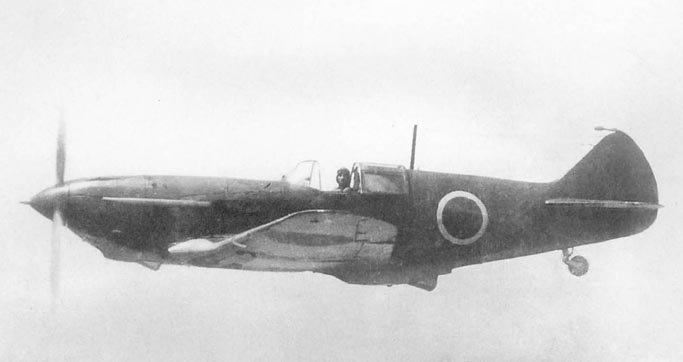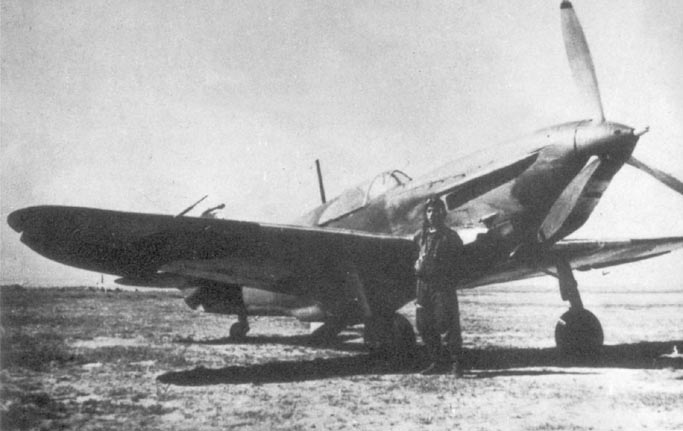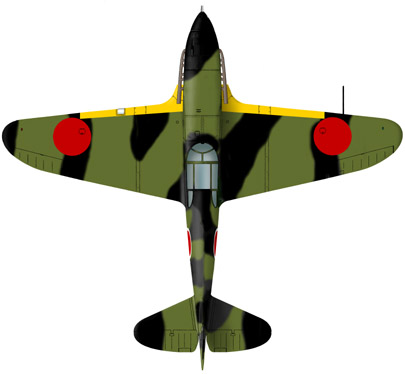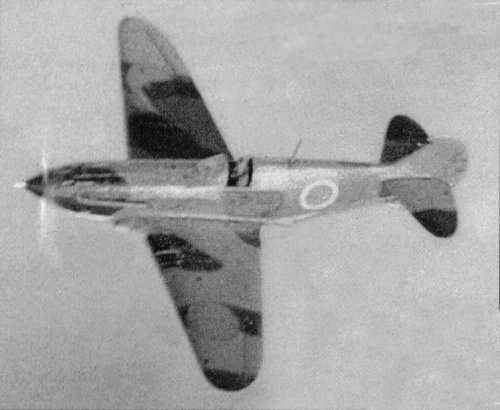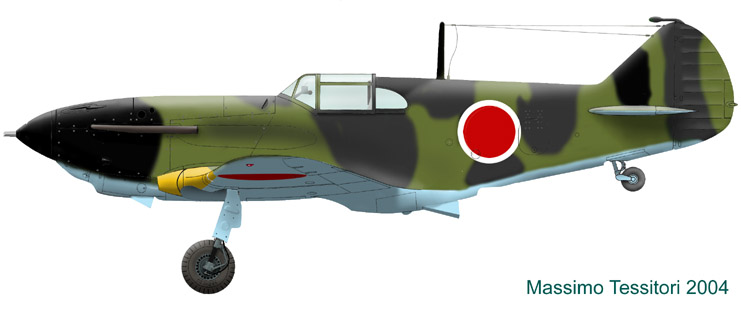
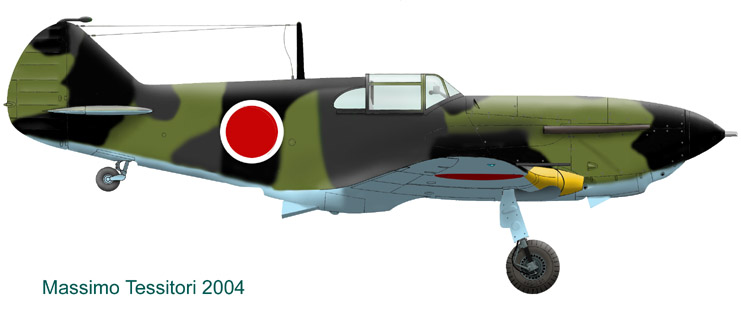 |
-
it was the first version without two 7,62 mm ShKAS and the relative bulges;
-
the armament consisted of one 12,7 mm syncronized UBS on the left side,
and an VYa-23 23 mm gun firing through the spinner shaft (this was the
weapon of the captured example); on most examples, the gun was a ShVAK
20 mm gun (the VYa-23 was recognizable for its slightly more protruding
barrel);
-
the upper engine cowling panel was simplified in comparison with earlier
types, and was similar to that of the series 11, but it had dzud locks
(as on earlier types) instead of fast locks (typical of 11th series and
later);
-
the lower cowling panel was with fast locks and identical to that of 11th
series:
-
the antenna mast was of tall type, as both on 4th and 11th series;
-
the rudder had one balance weight, as on 4th and 11th series;
-
the tail wheel was fixed;
-
there were not slats;
-
the spinner was of early, sharp style.
|
